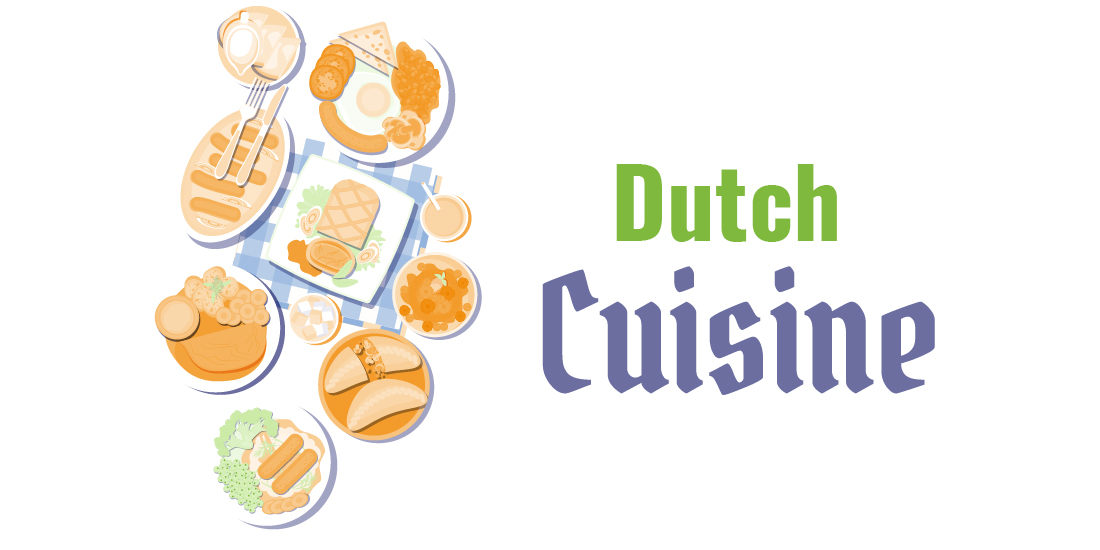
The Facts About Dutch Cuisine
10 Jun The Facts About Dutch Cuisine
History and Influences of Dutch Cuisine
Dutch cuisine has a rich and varied history, with influences from neighboring European countries and Dutch colonies in Asia and the Caribbean. The Netherlands has a lengthy trade history and has incorporated culinary traditions from other cultures. Dutch cuisine is also heavily influenced by the country’s geography and climate.
One of the most popular dishes in Dutch cuisine is raw herring. This dish has been a staple in the Netherlands since the 14th century and is typically served with raw onions and pickles. Another popular dish is the Dutch pancake, which can be enjoyed sweet or savory. It is made with flour, milk, and eggs and can be topped with various toppings, including powdered sugar, peanut sauce, or tartar sauce. Dutch cheese is also a well-known specialty of the country, with varieties such as Gouda, Edam, and Leerdammer enjoyed worldwide. Dutch apple pie is another famous dish with a lattice crust filled with apples, sugar, and spices.
The Netherlands also has a unique snack culture, with bitterballen and kroketten being two of the most popular. These deep-fried snacks are filled with meat or cheese and are often served in bars or food trucks. Due to its history as a colonial power, Indonesian cuisine has significantly impacted Dutch cuisine. Dishes such as nasi goreng and satay are commonly found on Dutch menus, and ingredients such as juniper berries and chocolate sprinkles can be traced back to the country’s colonial past.
Overall, Dutch cuisine reflects the country’s diverse history and cultural influences. From raw herring to Indonesian food, there is something for every palate to enjoy in this unique and flavorful cuisine.
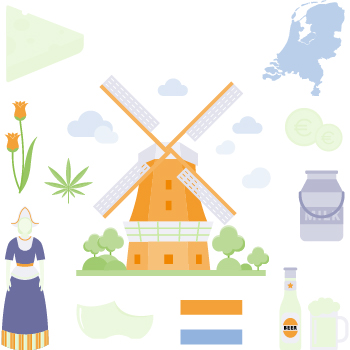
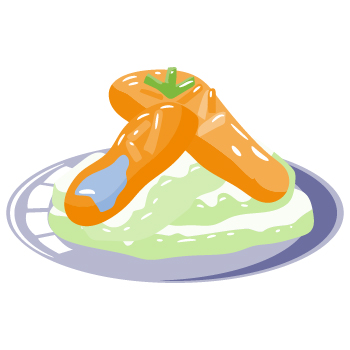
Popular Dutch Dishes
When it comes to Dutch cuisine, there are some classic dishes that every foodie should try at least once. Whether you’re looking for a savory Dutch snack, a hearty Dutch dinner, or a sweet Dutch dessert, you will find something that will tickle your taste buds. Here are some of the most famous Dutch dishes you should add to your culinary bucket list.
One of the most famous Dutch snacks is the bitterballen. These deep-fried, meat-based snacks are typically served with mustard and are perfect for a mid-afternoon snack or as a side dish with your beer. Another classic Dutch snack is the stroopwafel, a waffle-like cookie with a sweet syrup filling. However, amidst the fusion of flavors found in Dutch cuisine, notably present in major cities like Amsterdam or Rotterdam, the incorporation of Indonesian dishes has become a distinctive aspect. Indonesian restaurants in Dutch cities offer a wide variety of culinary experiences, adding to the rich tapestry of Dutch gastronomy.
For a traditional Dutch dinner, you can’t go wrong with stamppot, a hearty dish made with mashed potatoes, kale or sauerkraut, and sausage. Or try the famous Dutch pea soup, erwtensoep, a thick, warming soup made with peas, potatoes, celery, carrots, and pork. If you have a sweet tooth, then you have to try the Dutch dessert known as appeltaart, or Dutch apple pie. This delicious pie is made with a flaky crust and a sweet, spiced apple filling and is typically served with whipped cream. Or indulge in the stroopwafel’s bigger cousin, the stroopwafeltaart, a delicious cake made with layers of stroopwafel and caramel filling. And if you want to try making a classic Dutch recipe, why not make some bitterballen at home? Plenty of recipes online can help you create this beloved Dutch snack.
So there you have it, some of the most famous Dutch dishes you should try. But remember, this is just the tip of the iceberg when it comes to Dutch cuisine, so make sure you explore all the delicious flavors and unique eating experiences the Netherlands offers. From medieval times to the twentieth century, Dutch cuisine has evolved to encompass a wide variety of tastes, with influences ranging from traditional rye bread recipes to the integration of Indonesian flavors in popular snacks and meals. And don’t forget, a layer of butter makes all the difference in many Dutch delicacies!
Regional Specialties
The Netherlands may be a small country, but its regional cuisine is diverse and flavorful. Here are some regional specialties that you shouldn’t miss during your visit:
- Limburgse vlaai – A traditional fruit-filled pie originating from the southern province of Limburg.
- Stamppot – A mashed potato dish with vegetables, sausage, and gravy. This hearty dish is popular in the north and west of the Netherlands.
- Hachee – A beef stew with onions and vinegar commonly found in the eastern provinces.
- Zeeuwse Mosselen – Mussels from the southwestern province of Zeeland, often served with fries and mayonnaise.
- Fryske Sûkerbôle – A sweet bread from the northern province of Friesland, made with sugar and anise.
- Bossche Bollen – A pastry from the city of ‘s-Hertogenbosch, filled with whipped cream and chocolate.
- Goudse Kaas – The famous Gouda cheese, named after the city in the western province of South Holland, is a staple of Dutch cuisine.
Be sure to try these regional specialties while visiting the Netherlands and discover Dutch cuisine’s diverse and delicious flavors.
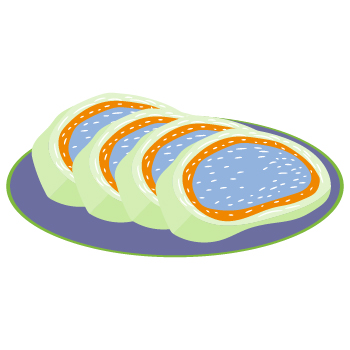
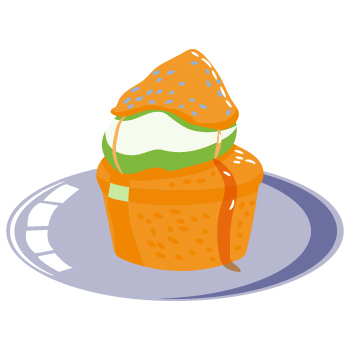
Cheese Culture in the Netherlands
One cannot speak about Dutch cuisine without mentioning its rich cheese culture and its profound influence on the country’s culinary identity. The Netherlands boasts a wide variety of foods that have shaped its history and taste preferences. Amongst these, their cheese culture stands prominent, celebrated globally. The Dutch take their cheese seriously; there is a cheese for every occasion. The most famous Dutch cheeses, Gouda and Edam, have roots tracing back to the Middle Ages and are emblematic of the country’s cheese heritage. Gouda, named after the city in South Holland, has been produced since the 16th century, boasting varieties ranging from young to extra-aged, each with a nutty, buttery taste ideal for grating or slicing. Edam, originating from the town of Edam in North Holland, showcases a small, round shape with a distinctive red wax coating, offering a mild, creamy taste perfect for snacking or sandwich-making. These cheeses are not only staples but symbols of Dutch culinary tradition.
Amidst this cheese-rich culture, Dutch cuisine features a variety of other culinary delights. American pancakes and mini pancakes are enjoyed alongside staple foods like white bread and peanut butter, while Dutch pastries tempt with their centuries-old recipes. Vegetable dishes and Indonesian flavors have found their place on Dutch tables, offering a blend of tradition and international influence. The 18th and 20th centuries witnessed a flourishing snack culture, introducing the iconic paper cone for snacks like patatje oorlog—fries topped with peanut satay sauce—and the rise of snack bars serving a wide array of treats. Even in the midst of these diverse offerings, the Dutch split pea soup remains a comforting, traditional food, especially during colder months. The influence of these culinary delights has extended beyond Dutch borders, shaping the country’s major cities and becoming an integral part of its cultural identity.
Beverages and Spirits in Dutch Culture
Dutch cuisine isn’t just about food; it’s also about the drinks accompanying the meals. Beverages and spirits are an integral part of Dutch culture, and they have a rich history and diverse selection.
Beer is perhaps the most popular alcoholic beverage in the Netherlands, with over 100 breweries producing various brews. Dutch beers are typically lighter and less hoppy than those from neighboring countries, with Pilsner being the most commonly consumed type. Jenever, a traditional Dutch gin, is also an essential spirit in the Netherlands. It is often served chilled in small glasses, and some people even use it as a digestive after meals. There are two main types of Jenever; one made with malt wine and the other with grain-based spirits. The malt wine version is usually enjoyed straight, while the grain-based Jenever is often mixed with soda or tonic water.
Apart from beer and Jenever, the Dutch also have a strong coffee culture. Coffee houses are popular meeting spots for friends and colleagues, and many people start their day with a cup of coffee and a slice of Dutch apple pie.
Finally, it’s worth mentioning the Netherlands’ love of liqueurs. From advocaat, a creamy egg liqueur often used in cocktails, to the famous Dutch liqueur Bénédictine, flavored with herbs and spices, plenty of sweet, flavorful options exist. Read more about Belgium’s food culture.
Dutch Food Culture and Traditions
Food plays a significant role in Dutch culture and traditions, and the country’s cuisine has a rich history. One of the essential parts of Dutch food culture is gezelligheid, a term used to describe a warm, friendly atmosphere and the joy of sharing food and drinks with family and friends.
The Dutch are known for their love of simple and hearty meals that are made with fresh ingredients, such as vegetables, fruits, and seafood. Breakfast is usually a light meal with bread and cheese, while lunch is often a slice of bread with cheese, meat, or fish. The Dutch prefer meat or fish served with boiled potatoes and vegetables for dinner. One popular Dutch food tradition is stamppot, a dish made of mashed potatoes, vegetables, and sausage or bacon. Stamppot is often served during winter and is a favorite among many Dutch families. Another famous Dutch dish is bitterballen, which are deep-fried meatballs served with mustard and a cold beer.
Dutch food culture also includes several festive dishes and sweets. For example, oliebollen, deep-fried doughnuts, are a traditional treat for New Year’s Eve celebrations. Another sweet favorite is stroopwafel, a thin waffle made from two thin layers of baked dough with a caramel filling in between. The Netherlands is also famous for its cheese culture. Dutch cheeses like Gouda, Edam, and Maasdam are enjoyed worldwide.
In addition to food, beverages, and spirits are also an essential part of Dutch culture. Dutch beer is world-famous, and breweries such as Heineken and Grolsch have made a name for themselves on the global market. Another traditional Dutch drink is jenever, a gin distilled in the Netherlands since the 17th century.
Unique Eating Experiences in the Netherlands
When exploring Dutch cuisine, venturing into Dutch restaurants in the heart of the city center reveals a vibrant culinary scene deeply rooted in tradition. Among the diverse offerings, 18th-century Dutch kitchens continue to influence modern-day menus, showcasing a blend of historical flavors and contemporary tastes. One popular condiment that has made its mark is Indonesian chili sauce, adding a spicy kick to various dishes across the culinary spectrum.
While savoring the Netherlands’ culinary delights, be sure to explore the fusion of flavors, where traditional Dutch recipes meet influences from afar. Raw herring, a beloved delicacy, is best experienced between May and July during the herring season. Served with chopped onions and pickles on a soft bun, its smooth, creamy texture and salty-sweet taste offer a unique gastronomic adventure.
Indulge in the delights of stroopwafels, the famous Dutch cookies with their crispy waffles sandwiched together by caramel syrup—a sweet treat that harmonizes perfectly with a cup of coffee or tea. Additionally, discover the diversity of Dutch pancakes, both savory and sweet, adorned with toppings ranging from bacon and cheese to fresh fruit, powdered sugar, and whipped cream.
For a quick bite or a late-night snack, delve into krokets—crispy, deep-fried snacks filled with meat ragout, a common find in Dutch bars and cafes. These experiences encapsulate the essence of Dutch culinary heritage while embracing global influences, making every bite a delightful exploration of flavors and history.
FAQ’s
What is Dutch cuisine known for?
Dutch cuisine is known for its hearty and simple dishes, often featuring potatoes, vegetables, dairy products, and meats like beef and herring.
Are there any famous Dutch dishes?
Yes, some favorite Dutch dishes include Stamppot (mashed potatoes with vegetables), Bitterballen (deep-fried meatballs), and Dutch pancakes known as pannenkoeken.
Is cheese a big part of Dutch cuisine?
Absolutely! Cheese is an integral part of Dutch cuisine, with the country famous for its Gouda and Edam varieties. Cheese markets and cheese farms are popular tourist attractions in the Netherlands.
Are there any traditional Dutch snacks?
Yes, there are several conventional Dutch snacks. Some popular ones include stroopwafels (syrup-filled waffles), frikandel (deep-fried sausage), and haring (raw herring).
What is the significance of herring in Dutch cuisine?
Herring holds cultural significance in the Netherlands, and eating raw herring traditionally celebrates Dutch heritage. It is often served with chopped onions and pickles.

